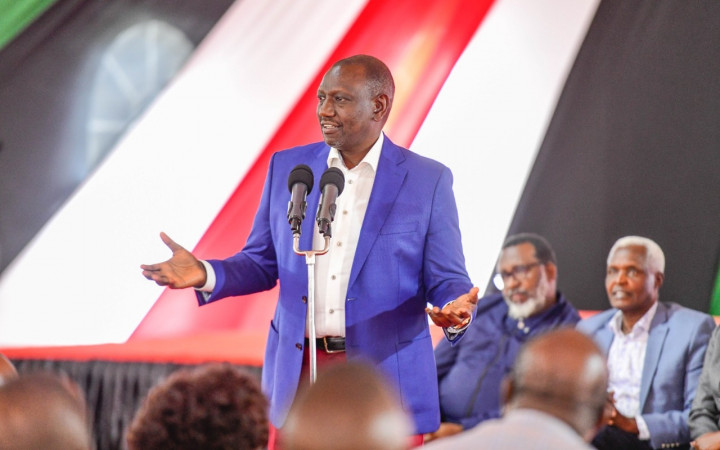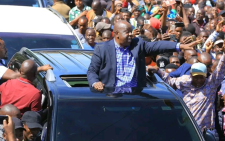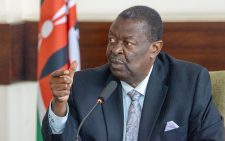Top 10 promises President-Elect made while on campaign trail

COMMUNICATION
The president-elect said the rising costs of Internet and phone calls are prohibitive, especially to businesses. He pledged to offer free data in markets, using a similar last mile power connectivity project employed by Kenya Power, where millions are able to access electricity. He will set aside a multi-billion Hustler Fund to finance the project, which will also ensure every household in Kenya is connected to the Internet to get free data.
OIL
Basic commodity prices like bread, cooking oil and maize prices and fare are largely pegged on fuel. Amidst rising cost of fuel, Ruto pledged to address this concern by reviewing the multiple taxes imposed on a litre of fuel, which has led to the rise in cost of living, hurting ordinary citizens. The tax component takes up almost 50 per cent of the cost per litre. Currently a litre of super, diesel and kerosene retails at Sh159, Sh140 and Sh127 respectively.
FUNDING GOVERNMENT PROJECTS
Through a diaspora bond pegged at 7 per cent interest rate, Ruto said he will tap money from the diaspora and revamp the National Social Security Fund (NSSF) where 5 per cent of salaries for all employed Kenyans will be charged. Both sources of income will help his government finance various projects.
NAIVASHA DRY PORT
This project has become a political hot potato, with politicians from the Coast region claiming it has deprived over 8000 people their livelihood while benefitting only a few individuals. Ruto said it is the biggest impoverishment of the people of Mombasa, and he will sort some contractual aspects on the port and Standard Gauge Railway (SGR) to help the people. The dry port is also meant to serve Uganda, South Sudan and the Democratic Republic of Congo, through the Northern Corridor and SGR.
COUNTY ECONOMIC CHARTERS
This was a pledge by Kenya Kwanza Alliance (KKA) made to the 47 counties, and it was meant to bind the alliance to disburse money on time, ensure value addition in agriculture through creation of agro-processing industries, factors of production including inputs like animal feed and fertilizer.
INTEREST FREE CREDIT
From the Sh50 billion hustler fund, small scale traders and enterprises will be facilitated for growth and support of livelihoods. In addition, Ruto pledged Sh100 million for every sub-Counties and Sh100 billion employment kitty for the youth.
DEBT
Ruto said Kenya has the capacity to repay its loans, and reckoned that external debt will be the last resort because Kenya Revenue Authority (KRA) has the potential to increase ordinary revenue collection through among others, digitalization of its processes. As of June 2022, gross public debt was Sh8.6 trillion against a nominated Gross Domestic Product (GDP) estimated at Sh10.7 trillion.
RESETTLING SQUATTERS
Most land which would be utilised by empowering landless Kenyans economically is held by absentee landlords, yet Kenya is perennially food insecure. To reduce this problem and also solve the squatter issue at the coast, Ruto said his administration will buy 2 million acres of idle land in Kilifi, Taita Taveta, Kwale, Mombasa, Tana River and Lamu counties to settle the squatters.
COMMODITY PRICES
In addition to tinkering with taxes that will lower the rising inflation, Ruto said there was no reason for Kenyans to buy a 2kg packet of sifted maize flour at Sh230. Instead, he pledged to reduce the commodity at sub-Sh100 level, in addition to lowering the prices of milk, bread, cooking oil and fertiliser.
HEALTH
Cognisant of the fact that productivity of a nation requires its workforce to be healthy, Ruto pledged to increase budgetary allocation to the sector from the current 4 per cent to 15 per cent, to conform with the Africa Union’s 2001 Abuja declaration. This he says will be achieved through a model dubbed Afya Bora Mashinani, which among others, will address issues of accessibility and quality by increasing the numner of nurses, lab technologies and clinical officers to conform to the World Health Organisation’s standard, which requires 23 medics per 10,000 people







